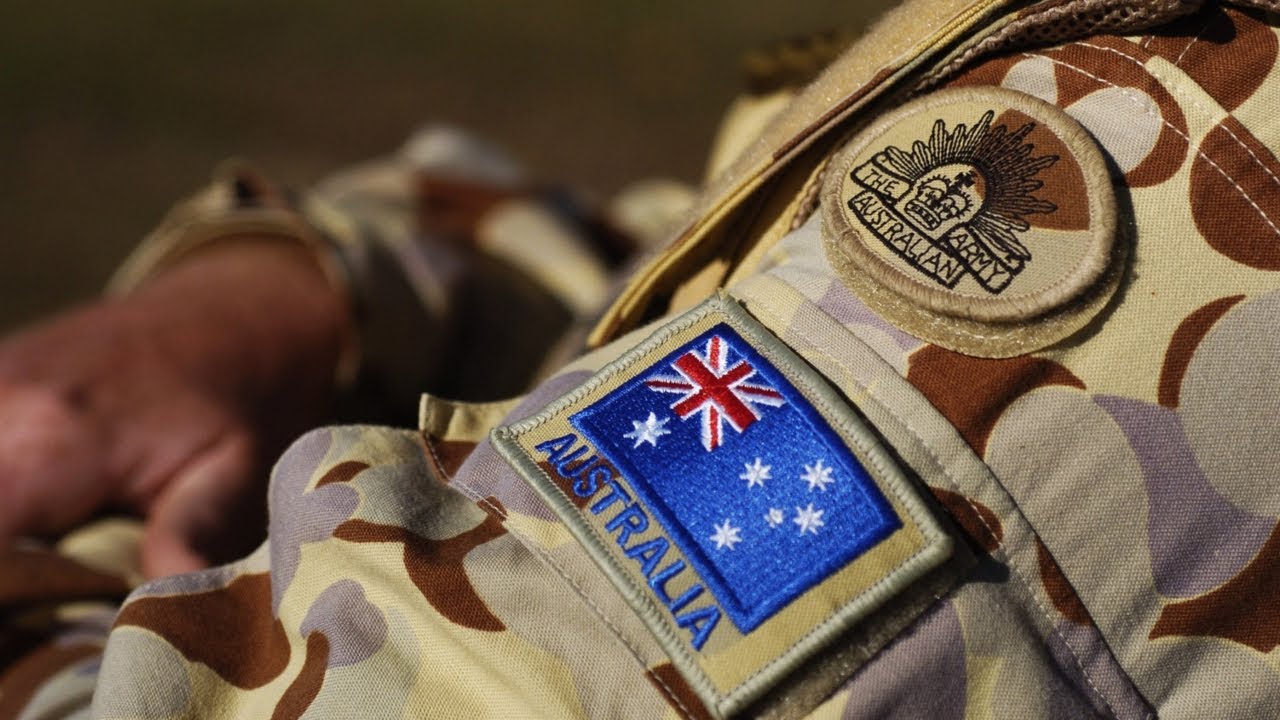Australia’S Defence Capabilities Could Mean A ‘Lot Of Trouble’
Unleash Your Creative Genius with MuseMind: Your AI-Powered Content Creation Copilot. Try now! 🚀
In the ever-evolving world of defense and national security, it seems that the more things change, the more they stay the same. We've recently witnessed a transition from traditional defense white papers to a new national defense strategy that updates every two years. But is this transition as significant as it appears? Let's embark on a journey through history and innovation, peeling back the layers of bureaucracy to unveil the essence of what really matters: ships, missiles, and capability.
The Endless Debate: From Angels to Barbarians
Imagine a time when debates in the corridors of power revolved around the hypothetical question of how many angels could dance on the head of a pin. It's a quirky thought, isn't it? But it's not far from the reality of our current situation. The transition from defense white papers to a biennial defense strategy might sound like a monumental shift, but in the grand scheme of things, it feels like the debate about angels in the medieval city.
As history tells us, such philosophical debates about minutiae are rendered utterly irrelevant when the barbarians are at the gate. The invading forces don't care about angels on pins; they're more concerned with conquering and seizing territory. In our case, what we truly need are ships, missiles, and cutting-edge weaponry to ensure our national security.
The Quest for Real Power: Beyond Paperwork
While governments excel at producing white papers and strategies, their true strength lies not in documenting their intentions but in their ability to convert those words into action. We don't need a surplus of paperwork; we need a surplus of capability.
Picture this: a formidable arsenal of 2,000-kilometer range missiles scattered strategically throughout Northern Australia. These missiles would serve as an impenetrable shield, ready to deter any potential threat. What if we added 25, 50, or even 100 Joint Strike Fighters, each equipped with air refuelers, allowing them to operate within a thousand kilometers and fire missiles with a 2,000-kilometer range? That's the kind of military strength that sends a clear message to potential adversaries.
The Crux of National Security
National security isn't measured by the thickness of a white paper or the frequency of strategy updates; it's determined by the ability to defend our interests and protect our citizens. In the face of an actual conflict, the effectiveness of a missile hitting its target is infinitely more relevant than the eloquence of a strategic document.
In an era where the world is a volatile and unpredictable place, we must be prepared for the harsh realities of conflict. The key question shouldn't be how well we can craft defense strategies but rather, will the missile hit the target? Our nation's safety depends on the latter.
Embracing a New Age of Security
As we wave goodbye to the era of endless paperwork and welcome a new age of security, we must remain focused on tangible capabilities. Our national defense strategy should not be measured by its weight in pages but by its weight in power. We need a military that is ready and capable of protecting our shores and interests, no matter what challenges may arise.
The transition from defense white papers to a biennial defense strategy might seem like a significant change, but let's not lose sight of the bigger picture. We must prioritize the development of our military might, not just our military mind. Let us invest in the ships, missiles, and technology that will truly secure our future, leaving the debates about angels on pins to the annals of history.
In the end, what matters most is not the eloquence of our words but the precision of our actions. As we journey into this new age of security, let's keep our focus on the skies, where missiles soar, and on the seas, where our ships stand vigilant. That's the true measure of national defense in this ever-evolving world.
